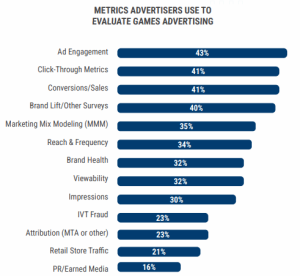by Christian Baesler, Op-Ed Contributor, June 21, 2016
Whether publishers have planned for it or not, many now have a majority of their content consumed on mobile devices.
Publishers are still working out how to optimize advertising for the smartphone. The first iteration of mobile advertising was, not surprisingly, the worst: basically, the same banners from desktop shrunk to tiny sizes for a very small screen. As studies about mistaken clicks emerged, publishers and advertisers searched for alternatives.
Lately, advertisers and publishers alike are clamoring for mobile video advertising. Pre-roll video advertising that loads before actual video content is engaging, but for the average publisher, it is expensive to produce video content for an ad type that requires consumers to click twice (to the site, and to launch the video player) before they see it. Plus this offers very little scale for most publishers.
Publishers have tried to increase the volume of mobile video they can sell with outstream, or video ads that load within written content. While this does allow publishers to get on a plan with an advertiser looking for video, it’s not the best option.
There are several issues that reduce the CPM that a publisher gets from outstream. First, a buyer doesn’t always fill every impression. Second, the ads will only show when in-view. Third, publishers only get paid if the ad is viewed for a minimum amount of time. Finally, because it’s autoplay, often with the sound off, outstream video doesn’t perform nearly as well as pre-roll, which can ultimately turn video-seeking advertisers off of the publisher entirely. In the same ad slot, a different type of ad could earn a better effective CPM if it were not video.
Many publishers have actually found that a better bet on mobile is a compromise between old-fashioned banners and the high-engagement high-impact options like video. Since the IAB’s “rising star” units that were introduced a few years ago, publishers have had options to offer larger interactive advertising, and they are realistic and valuable options that are often underused.
Full-screen interstitials, or pull-up banners at the bottom of the screen that provide relevant content — perhaps based on location or recent search data — perform incredibly well for performance advertisers. Kargo sells units like the “sticky bottom adhesion banner” that provides 100% viewability and good performance. These units offer publishers scale, premium CPMs, and a good user experience. It’s a shame we don’t see more of them on sites.
Publishers have also looked for mobile revenue from distributed content partners like Facebook and Snapchat, where a huge percentage of their impression are on mobile devices. While Facebook Instant Articles and Snapchat Discover earn headlines, Facebook Audience Network is actually driving better returns for many publishers.
Snapchat Discover is only open to a few publishers and not very scalable, while Instant Articles offers only a few ads with little customization. By contrast, Facebook’s Audience Network brings Facebook-style native ad formats and its fantastic data and targeting to publisher’s own sites, offering more scalability, targeting and flexibility for advertisers and revenue potential for publishers.
Publishers should use the ad formats that allow them to embrace the types of content and audience engagement that they have on their site now, rather than force-fit formats that advertisers might ask for on a plan, but ultimately aren’t profitable. For now, the mobile ads that work best for publishers need to be scalable, viewable, and targetable — and they don’t have to be video.
MediaPost.com: Search Marketing Daily
(28)
Report Post






